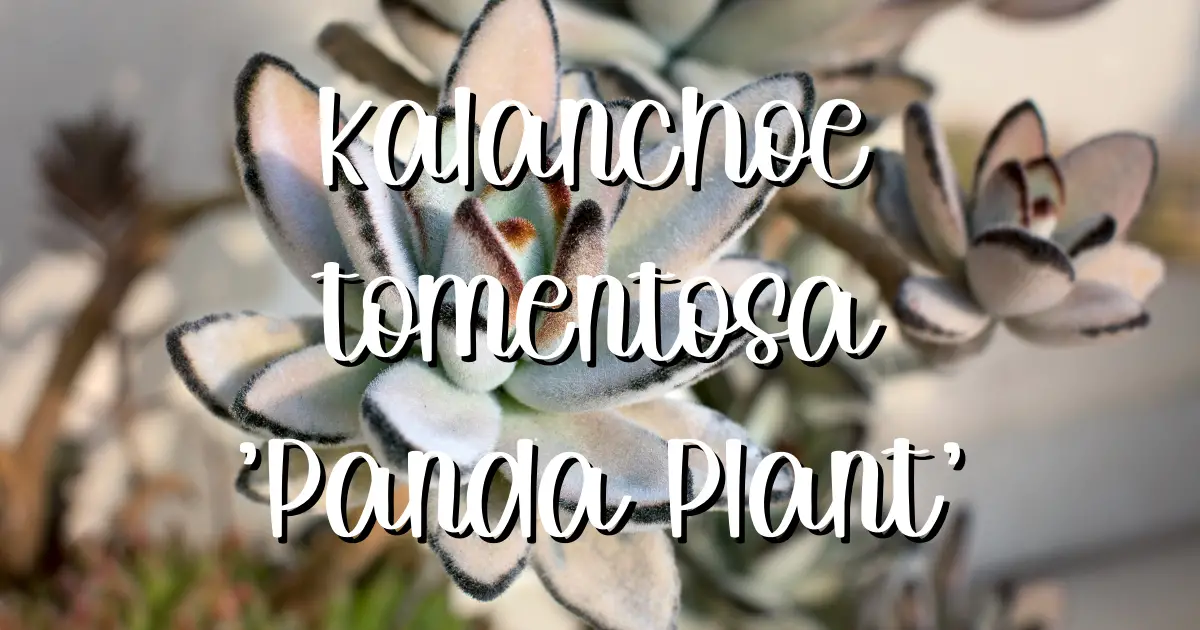Kalanchoe tomentosa, commonly known as the ‘Panda Plant’, is a unique and interesting succulent that is popular among indoor gardeners. It belongs to the Crassulaceae family, which includes other well-known succulents such as jade plants and string of pearls. In this post, we’ll take a closer look at the appearance and growth of the Kalanchoe tomentosa ‘Panda Plant’, and provide a comprehensive care guide and propagation tips.

Appearance and Growth
The Kalanchoe tomentosa ‘Panda Plant’ is a slow-growing succulent that can reach up to 1-2 feet (30-60 cm) in height. Its leaves are thick and fleshy, with a grayish-green color and brownish-red markings on the edges. The leaves are also covered in tiny, fine white hairs that give the plant a velvety texture and reflect the sun to an extent. When exposed to bright sunlight, the leaves take on a coppery tinge.

The Kalanchoe tomentosa ‘Panda Plant’ can also produce small tubular flowers that bloom in the winter. The flowers are bell-shaped and can be pink or yellow, depending on the variety.
You might also like: Kalanchoe Orgyalis ‘Copper Spoons’: A Comprehensive Guide to This Unique and Attractive Succulent
Care Guide
Kalanchoe tomentosa ‘Panda Plant’ is an easy-to-care-for succulent that can thrive both indoors and outdoors. Here are some tips for keeping your Panda Plant healthy and happy:

Light
Kalanchoe tomentosa ‘Panda Plant’ requires bright, indirect sunlight to thrive. A location near a bright, east- or west-facing window is ideal. The plant can tolerate some direct sunlight, but it is best to avoid harsh midday sun, especially during the summer months. When exposed to too much light, the leaves may begin to turn brown and lose their vibrant color, indicating that the plant is getting too much sunlight. If you notice these symptoms, move the plant to a location with slightly less light. It is also important to note that insufficient light can cause the plant to become leggy, so make sure it is receiving enough light to maintain its compact, bushy shape.

You might also like: How Much Light Do Succulents Need? A Comprehensive Guide in 12 Parts
Water
Proper watering is crucial for the health of Kalanchoe tomentosa ‘Panda Plant’. As with most succulents, this plant does not require frequent watering. It is essential to allow the soil to dry out completely between waterings. Before watering, check the soil with your finger, and only water when the top inch of soil is completely dry. Overwatering is the most common cause of death for succulent plants, as it can lead to root rot and other fungal diseases. It’s better to underwater than to overwater, so be careful not to water the plant too much.
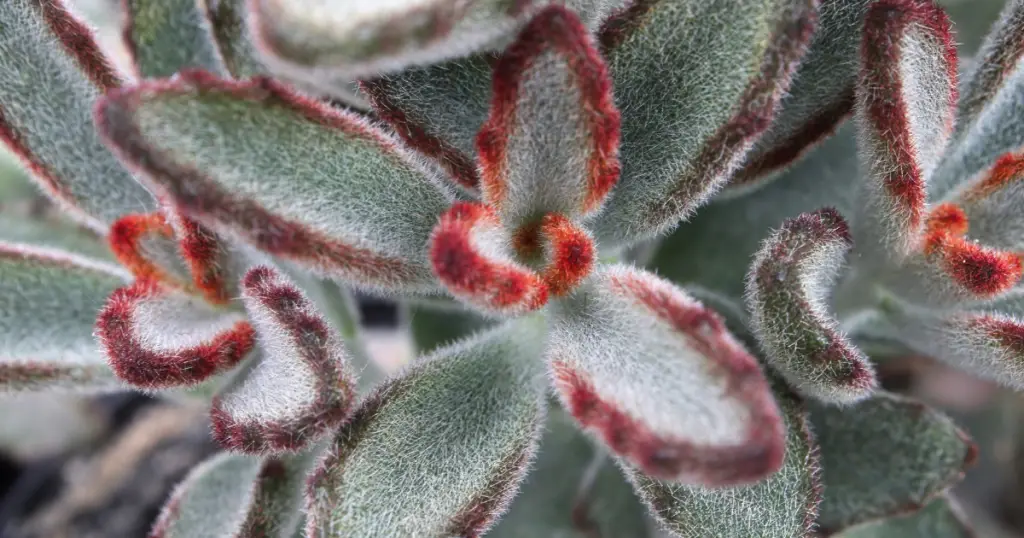
During the winter months, when the plant goes dormant, it’s essential to reduce watering. In general, the plant requires less water during the winter months. When the temperature drops, the plant’s metabolism slows down, and it does not require as much water. At this time, the plant will need less water than during the growing season. Only water the plant when the soil has completely dried out, and avoid watering during periods of prolonged rain or high humidity.
You might also like: How & When to Water Succulents So They Don’t Die
Soil
Choosing the right soil mix is crucial for the health and growth of Kalanchoe tomentosa ‘Panda Plant’. These succulents thrive in well-draining soil that doesn’t retain moisture for long periods. The ideal soil mix should be porous and light, allowing for proper air circulation and drainage.
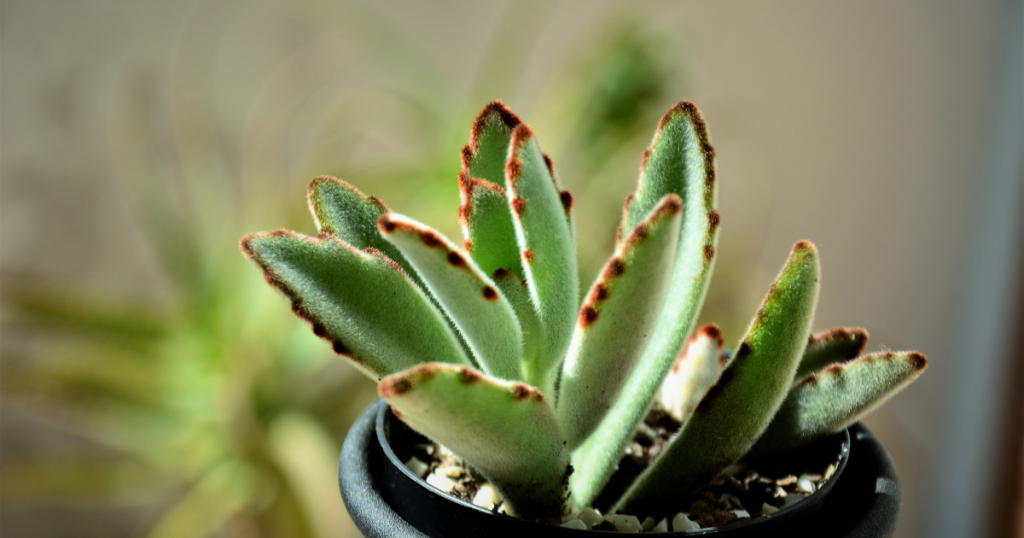
It’s best to use a soil mix that is specifically formulated for succulents. You can find succulent soil mixes at most garden centers or make your own by combining sand, perlite, and peat moss. A good rule of thumb is to use equal parts of each ingredient.
Avoid using heavy soils or regular potting soil that retain moisture, as this can lead to root rot and other problems. Heavy soil prevents proper drainage and air circulation, which can cause water to accumulate around the roots, leading to rotting. Make sure that the soil mix you use is loose and allows for water to drain easily.
You might also like: Succulent Soil: Ultimate Guide & 4 DIY Recipes to Keep Your Succulents Happy and Healthy
Temperature
Kalanchoe tomentosa ‘Panda Plant’ is a native of Madagascar, where it grows in warm, dry climates. It’s not surprising that it prefers warm temperatures, as this plant is adapted to survive in hot and arid conditions. The ideal temperature range for this plant is between 60-75°F (15-24°C), which is similar to the temperatures found in most homes. The plant can tolerate temperatures down to 40°F (4°C) for short periods of time, but extended exposure to temperatures below this can cause the plant to suffer.

In terms of hardiness zones, Kalanchoe tomentosa ‘Panda Plant’ is generally considered to be a tender perennial that is best suited for warm climates. It is typically grown as a houseplant in colder regions, where it can be protected from frost and freezing temperatures. The plant is hardy in USDA zones 10-11, which means it can only be grown outdoors year-round in areas with warm temperatures and mild winters. In areas with colder climates, it’s best to grow Kalanchoe tomentosa ‘Panda Plant’ indoors or in a greenhouse.
You might also like: Succulent Care by Zones
Humidity
Kalanchoe tomentosa ‘Panda Plant’ prefers dry air and does not require high humidity. In fact, too much humidity can lead to fungal problems and damage the leaves.
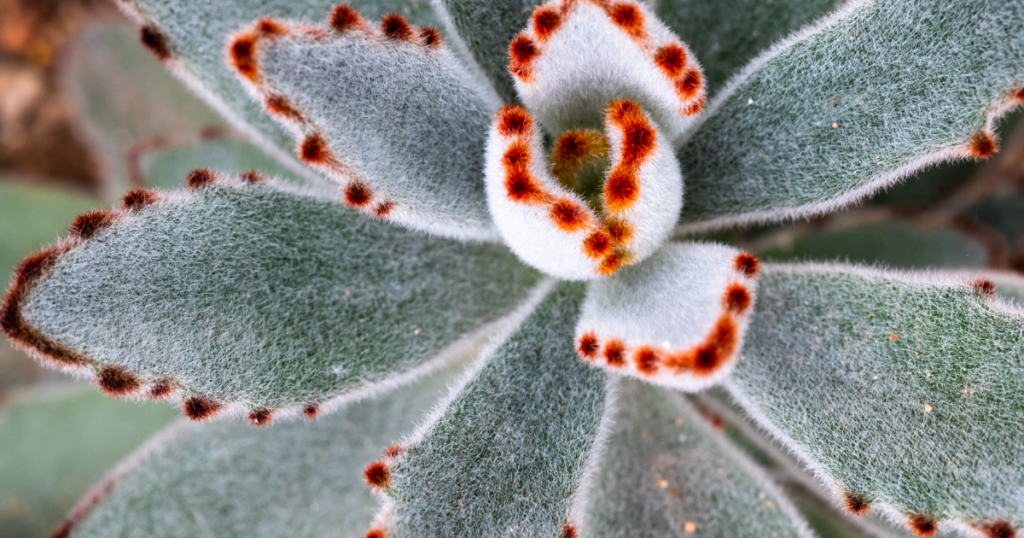
Fertilizer
Feed your Kalanchoe tomentosa ‘Panda Plant’ once a month during the growing season with a balanced, water-soluble fertilizer. Avoid fertilizing during the winter months, as the plant is dormant and does not need extra nutrients.
You might also like: Succulent Fertilizer

Propagation
Kalanchoe tomentosa ‘Panda Plant’ is easy to propagate through stem cuttings. Simply take a cutting from a healthy, mature stem and allow it to callus over for a few days. Then, plant it in a well-draining soil mix and keep it in a bright, warm location. Water sparingly until roots develop, and then treat it as a mature plant.
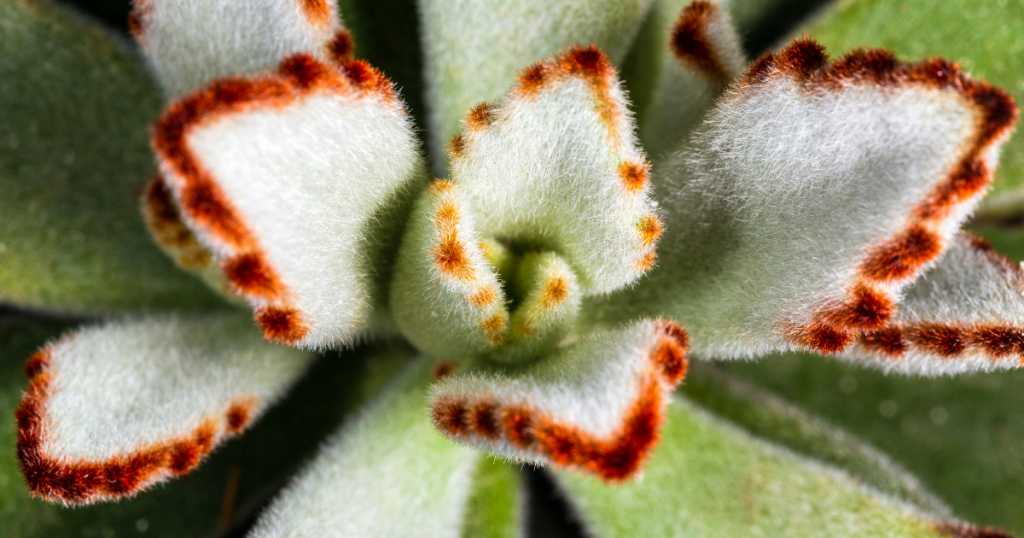
You might also like: Propagating Succulents 4 Ways: The Best Guide Ever
Kalanchoe tomentosa ‘Panda Plant’ is a unique and low-maintenance succulent that is perfect for indoor gardeners. With its fluffy leaves and interesting markings, it’s sure to be a conversation starter in any home or garden. By following the care guide and propagation tips outlined above, you can enjoy this wonderful succulent for years to come.


Where to Buy Succulents Online

